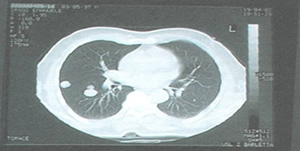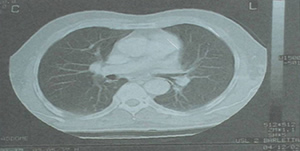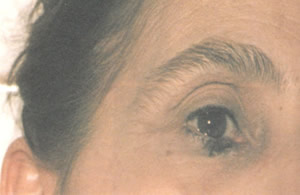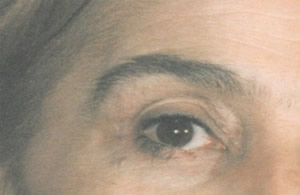In some cases, cancer stem cells are generated by the therapy, but scientists do not yet understand all the mechanisms that cause this to occur. If they can determine the pathway and remove the reprogramming of cancer cells, they ultimately may be able to reduce the amount of radiation given to patients along with its accompanying side effects(2) – Dr. Pajonk
Another study that was published in the Journal Stem Cells found that ionizing radiation reprogrammed less malignant breast cancer cells into iBCSCs(3). This explains why radiation treatment enhances the tumor populations with higher levels of treatment resistant cells.
Breast cancers are thought to be organized hierarchically with a small number of breast cancer stem cells (BCSCs) able to regrow a tumor while their progeny (offspring) lack this ability. Recently, several groups reported enrichment for BCSCs when breast cancers were subjected to classic anticancer treatment. However, the underlying mechanisms leading to this enrichment are incompletely understood. Using non-BCSCs sorted from patient samples, we found that ionizing radiation reprogrammed differentiated breast cancer cells into induced BCSCs (iBCSCs). iBCSCs showed increased mammosphere formation, increased tumorigenicity, and expressed the same stemness-related genes as BCSCs from nonirradiated samples(3).
There is a lot of research to suggest
that conventional cancer treatment with chemotherapy and radiation is a
large contributing factor of cancer patient mortality. The main reason
for this is because cancer stem cells are resistant to conventional
treatment, which play a critical role in the development of tumors(4). Studies show that cancer stem cells are resistant to conventional treatment(5).
Cancer stem cells are tumorigenic
(tumor-forming) and should be the primary target of cancer treatment
because they are capable of both initiating and sustaining cancer. They
are also increasingly recognized to be the cause of relapse and
metastasis following conventional treatment The most deadly cells
within a tumor or blood cancer are cancer stem cells. They have the
ability to give rise to all the cell types found within that cancer.
Research shows that radiotherapy increases cancer stem cells(6), which eventually results in cancer reoccurrence!
We must pay attention to more publicly
funded research. All research used in the medical industry is funded by
corporations that benefit financially from treatment. This creates the
possibility of bias, which clearly shows with so many studies coming out
that suggest radiation and chemotherapy treatment are not the best
options.
We recently posted a story of a man who
cured his stage three colon cancer by transitioning to a complete vegan
diet. You can read more about that here.
More people diagnosed with cancer are opting out of traditional
treatments like chemotherapy and radiation. As I’ve said before, cancer
is a multi-trillion dollar industry which would make it hard for one to
market studies that go against traditional treatments like chemotherapy.
There was a study published in August 2003 that revealed of adult
cancer in the USA and Australia, the use of chemotherapy only provided a
cure 2.1 % of the time. You can read more about that and view the
study here.
Hopefully this opens up some minds, and
encourages more to look into the subject before dismissing alternative
methods and supporting conventional ones. It’s best to consider all
things, and at least have a look to see what type of discoveries and
information might be beneficial to us.
Sources





